How to take your yoga practice to the next level
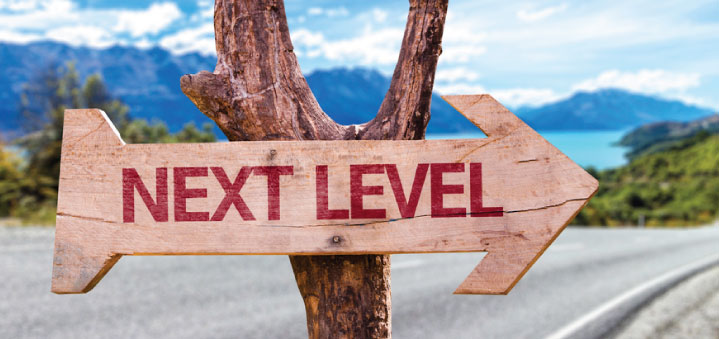
When we think about taking our yoga practice “to the next level,” it often conjures images of deeper stretches, more challenging poses, longer practice, etc. These are all fine ideas as long as they don’t become disconnected from the rest of our lives. If someone puts themselves through more and more physical challenges in yoga but at the same time becomes more and more miserable in one’s life, doesn’t that defeat the purpose? A yoga practice is not something that exists in isolation – it is meant to have an impact on the way we show up in our lives. Technically speaking, being able to put your foot behind your head doesn’t make you a better person.
Today, I will tell you a secret that my teacher told my peers and me many years ago. He said: “If you do this, it will completely change your life, enhance your relationships, and make you a better person.” Then he added: “Too bad that you will not find out for yourself because you won’t do it.” This was a provocation, of course, and I accepted the challenge. I am happy to report that all of it was true. I did it, I still do it, and it continues to enhance my life in every way imaginable. Nowadays, yoga feels shallow and incomplete without it.
This best-kept yoga secret is, of course, pranayama. Not complex, long, random, boring breath work, but simple, straightforward, logical, and inspirational life force expansion. Today, I will share five ways of integrating different elements of breath awareness into your existing yoga practice to take it to a completely different level of meaning and awareness.
1. Begin your practice by deepening the breath
Sounds pretty simple. The important thing here is to make it intentional: sit with your eyes closed and gradually deepen your inhalation to about 6 seconds and your exhalation to about 6 seconds. To make it even more useful, expand from chest to belly on the inhale and deflate from belly to chest on the exhale. This type of breathing pattern helps you deepen the breath and symbolically links two primary energies – Prana and Apana (read more about it here).
2. Move with the breath throughout the entire practice
In my experience, many yoga teachers talk about it, but few embrace it fully in their classes. This means that the pace of the class should be determined by the student’s breath, not the other way around. Every single movement, even the slightest one, needs to be guided by the breath. It is best if we can keep the inhalation at least 6 seconds long and the exhalation at least 6 seconds long—it will deepen your practice significantly.
3. Do pranayama
It basically means spending a few minutes at the end of the practice focusing on your breath and doing some sort of ratio or technique that fits with the overall theme of the practice (check out the options here). It doesn’t need to be long or overly complex—when you are starting out, 12 breaths would be enough.
4. Prepare for pranayama during the practice
Just like your body needs preparation for more difficult postures, your breath needs to be prepared for pranayama. The less complex this preparation is, the better, but it should be consistent with your pranayama choice. For example, if you plan to work on Krama (segmented) exhalation during pranayama, you can work on integrating it in certain poses in the course of the practice (like in this practice sequence).
5. Check in at the end
At the end of the practice, take a few moments to pause and observe the effect of the practice on your energy and overall state. Note the quality of the breath and whether or not it helped you achieve the energetic shift you were after.
That’s all. We tend to invest so much energy and effort into perfecting our bodies in yoga; what if we could apply the same sort of commitment to managing our energy? Hatha Yoga Pradipika says: “The mind is the king of the senses, but the breath is the king of the mind.” What if we could use the breath to rule our minds? Just imagine the kind of power it would give you! It’s too bad that you will never find out for yourself because you won’t do it. Or will you?
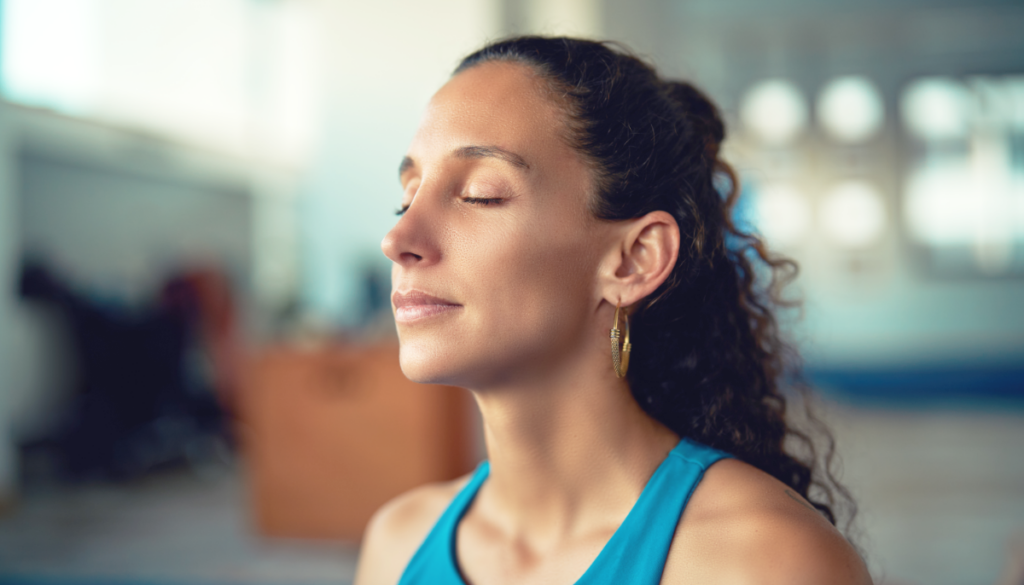
Your whole worldview is based on how you feel inside, which is mostly based on how your mind interprets your physiological state. The key to living a happier, more balanced life is to keep your physiology in balance and to become better at interpreting the cues from your body.



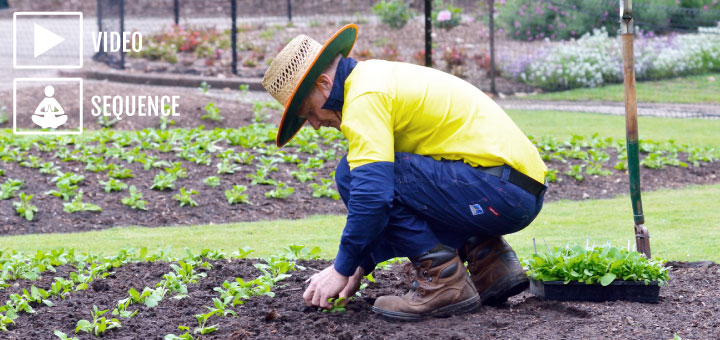
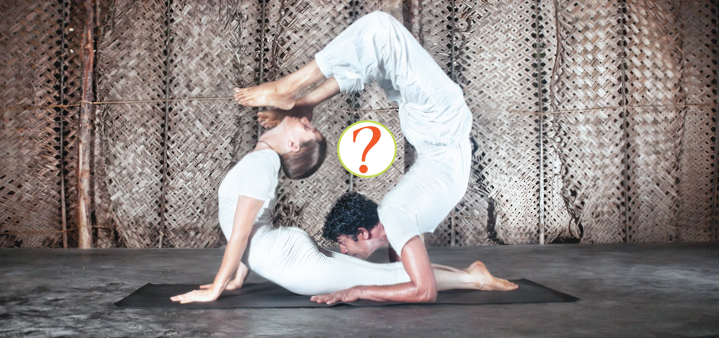





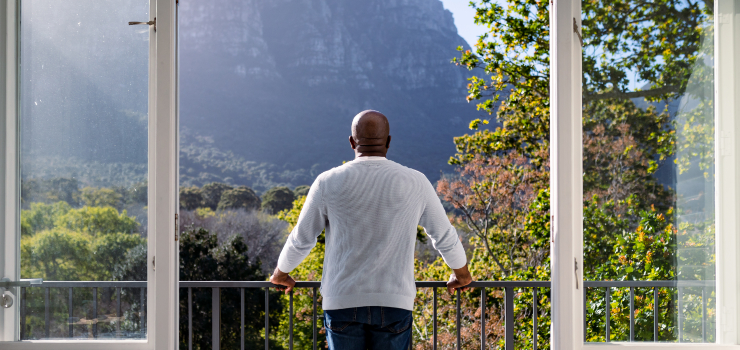
I loved your comment about Gary’s challenge. He said the same thing to my class and, like you, I decided to take him up on it. It absolutely changed my life and continues to do so to this day. The more I practice the more I realize the power of breath.
Great post – thanks. Joanne
We can always count on Gary to nudge us toward something useful 🙂 Happy to hear that you are in the same boat when it comes to breath!
thank you so much for this…. more and more please!!! Thank you so much for every post. I look forward to them!
“We tend to invest so much energy and effort into perfecting our bodies in yoga; what if we could apply the same sort of commitment to managing our energy?” Absolutely!
Great article. Thank you